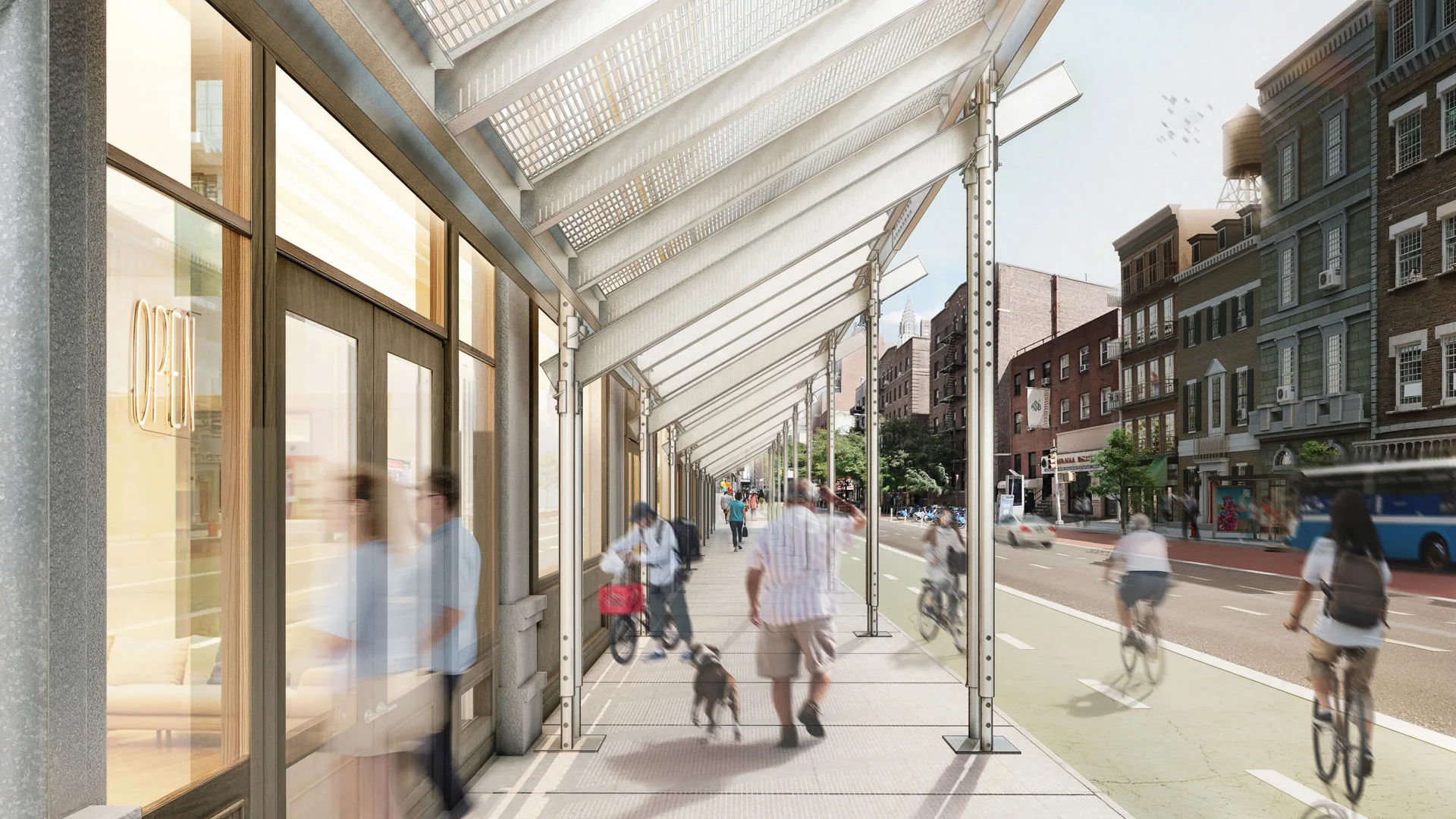
"It's estimated that there are more than 9,000 of these "construction sheds" (another term for scaffolding) installed across the city, enough to stretch nearly 400 miles if they were put end to end. They do the important work of shielding pedestrians from potential falling debris during building construction and renovation projects, but they also shroud large swaths of sidewalk in dark and cloistered tunnels made of an unfortunate jumble of steel poles and plywood."
"Six new designs for scaffolding have just been announced by New York City's Department of Buildings, and they replace the dark and convoluted sheds of today with bright, airy, and open versions. The new scaffolding designs come from two design teams led by the New York-based architecture and urban design firm Practice for Architecture and Urbanism (PAU) and the global design and engineering firm Arup."
"The new designs are a result of the "Get Sheds Down" initiative, an effort launched by the city in 2023 to update the look of construction sheds and revise the rules and regulations that govern when and where they're used. The sheds currently in use in New York -and many other cities-have been largely unchanged since the 1980s."
More than 9,000 construction sheds in New York City protect pedestrians from falling debris but often create dark, cluttered sidewalk tunnels of steel poles and plywood. The sheds are generally hunter green and derive from a largely unchanged kit-of-parts system dating to the 1980s, creating obstacles for pedestrian movement and curb access. The Department of Buildings unveiled six new, simplified, and minimal scaffold designs developed by teams led by Practice for Architecture and Urbanism (PAU) and Arup. The designs, produced under the 2023 Get Sheds Down initiative, aim to update aesthetics, openness, and accessibility while revising usage rules.
Read at Fast Company
Unable to calculate read time
Collection
[
|
...
]